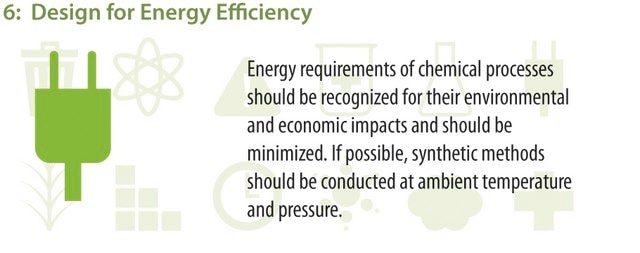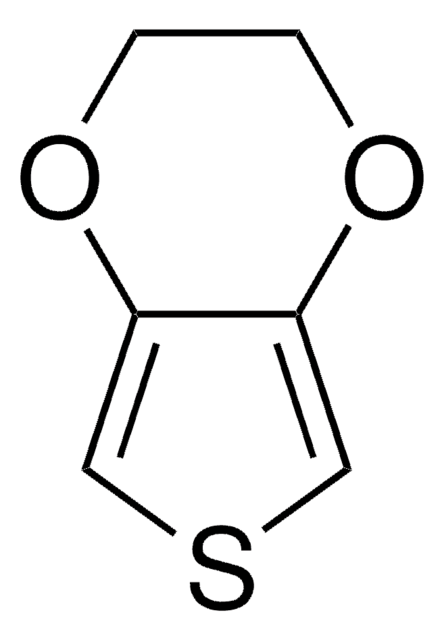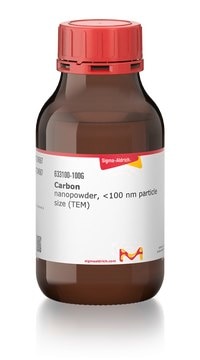719811
Carbon nanofibers
pyrolitically stripped, platelets(conical), >98% carbon basis, D × L 100 nm × 20-200 μm
Synonym(s):
PR-25-XT-PS, Conical carbon nanofibers
About This Item
Recommended Products
biological source
platelets (conical)
Quality Level
assay
>98% carbon basis
form
powder
greener alternative product characteristics
Design for Energy Efficiency
Learn more about the Principles of Green Chemistry.
sustainability
Greener Alternative Product
D × L
100 nm × 20-200 μm
surface area
54 m2/g
impurities
<14,000 ppm Iron content
average diameter
130 nm
pore size
0.12 cm3/g average pore volume
89.3 Å average pore diameter
mp
3652-3697 °C
density
1.9 g/mL at 25 °C
bulk density
0.5‑3.5 lb/cu.ft
greener alternative category
InChI
1S/C
InChI key
OKTJSMMVPCPJKN-UHFFFAOYSA-N
Looking for similar products? Visit Product Comparison Guide
Related Categories
General description
Application
Preparation Note
Legal Information
signalword
Warning
hcodes
Hazard Classifications
Eye Irrit. 2 - STOT SE 3
target_organs
Respiratory system
wgk_germany
WGK 3
flash_point_f
Not applicable
flash_point_c
Not applicable
Certificates of Analysis (COA)
Search for Certificates of Analysis (COA) by entering the products Lot/Batch Number. Lot and Batch Numbers can be found on a product’s label following the words ‘Lot’ or ‘Batch’.
Already Own This Product?
Find documentation for the products that you have recently purchased in the Document Library.
Customers Also Viewed
Articles
Pyrograf®-III vapor-grown carbon nanofibers are within the class of materials termed multi-walled carbon nanotubes (MWCNTs), and are produced by the floating catalyst method.
Composite materials that traditionally incorporate micron scale reinforcements in a bulk matrix offer opportunities to tailor material properties such as hardness, tensile strength, ductility, density, thermal and electrical conductivity, and wear resistance.
3D printing is a type of additive manufacturing that can be used to rapidly fabricate components with highly customizable geometries.
Our team of scientists has experience in all areas of research including Life Science, Material Science, Chemical Synthesis, Chromatography, Analytical and many others.
Contact Technical Service





